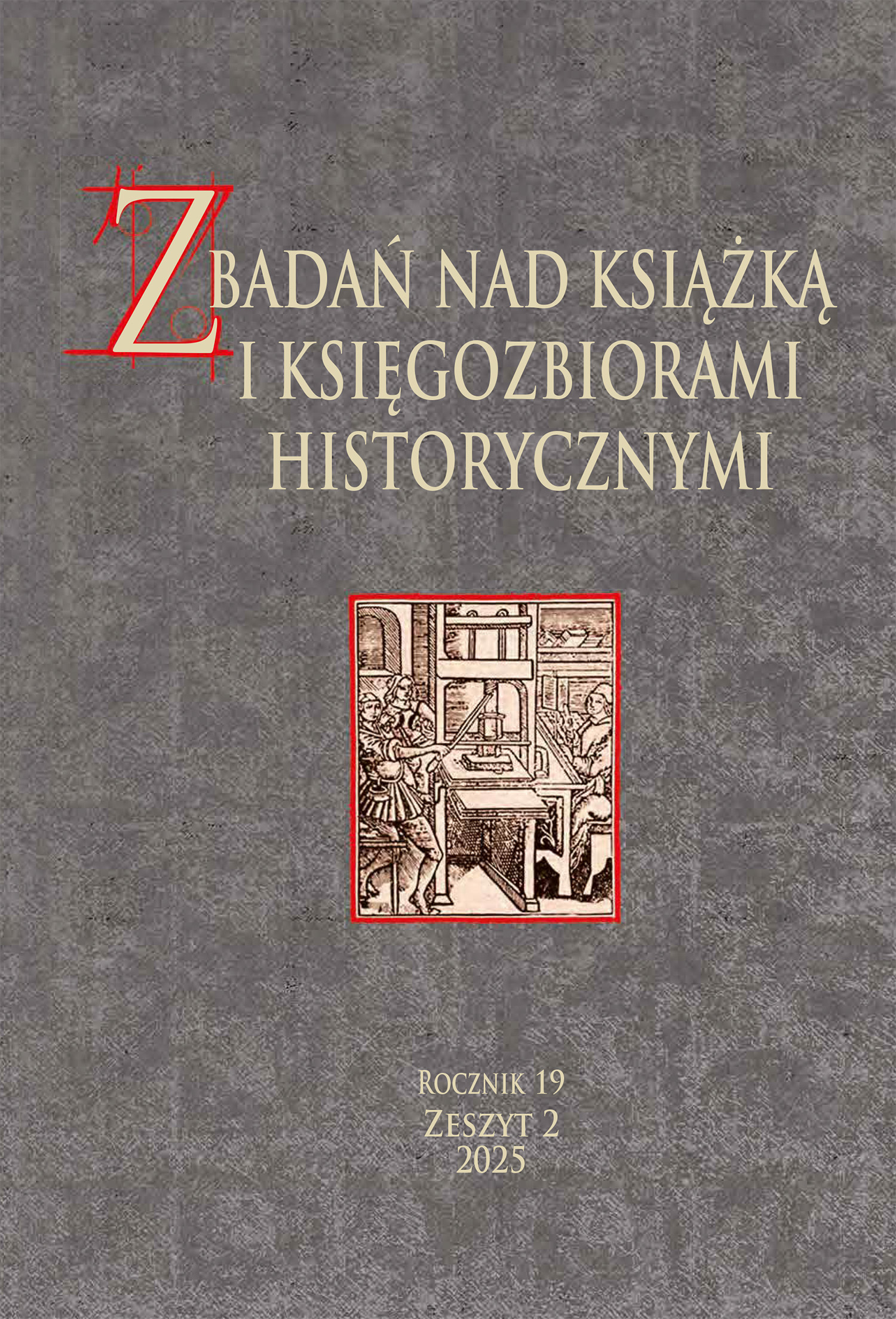Latin and Czech Sermons in the 14th and 15th Centuries: Translation, Adaptation, Mutation
DOI:
https://doi.org/10.33077/uw.25448730.zbkh.2012.284Keywords:
Preaching, Bohemia, 14th-15th c., Tomáš Štítný ze Štítného, Jan Milíè z Kroměříže, Jan Rokycana.Abstract
The article deals with language issues related to preaching in Bohemia during the later Middle Ages. Z. Uhlíř compares the following sermon collections: Řeči nedělní a sváční by Tomáš Štítný ze Štítného (in Czech), the Quadragesimale and the Sermones post Quadragesimam written by Jan Milíč z Kroměříže (in Latin), and the Postilla of Jan Rokycana (in Czech and Latin). The first two authors used the same writing method: translation and adaptation of texts by other patristic or monastic authors. But the sermons of Tomáš ze Štítného and Jan Milíè z Kroměříže vary in their external appearance. The former imitates the spoken language; his texts were destined for reading aloud to gatherings of the faithful, and were to accompany homilies (collatio). The writings of Jan Milíè z Kroměříže contain chiefly quotations, in particular from Thomas Aquinas, and short comments on them. On the other hand, the sermons of Jan Rokycana demonstrate a combination of both these procedures and are a transcript of homilies actually delivered, with editorial emendations added later.
Uhlíř also points to the necessity of producing modern critical editions of medieval sermons, which would enable a deeper analysis of the milieu of their authors and audiences. Moreover, we must not forget that in numerous cases these milieus were multilingual.






